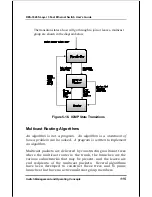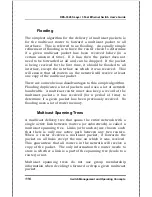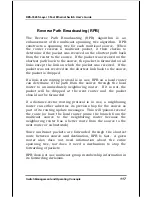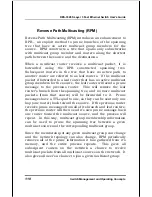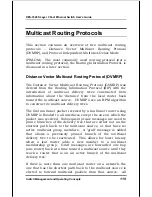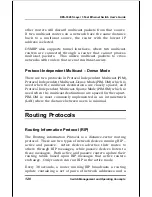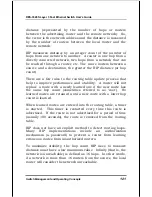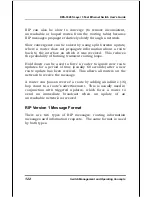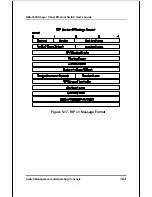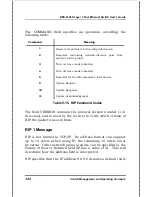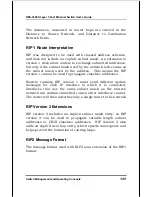
DES-3326S Layer 3 Fast Ethernet Switch User’s Guide
110
Switch Management and Operating Concepts
computer has an entry. If it does, the local computer reads the
remote computer’s MAC address and writes it into the
destination field of the packets to be sent.
If the remote computer does not have an ARP cache entry, the
local computer must send an ARP request and wait for a reply.
When the local computer receives the ARP reply packet, the
local ARP reads the IP MAC address pair, and then checks the
ARP cache for this entry. If there is an entry, it is updated with
the new information. If there is no entry, a new entry is made.
There are two possible cases when an ARP packet is received
by a local computer. First, the local computer is the target of
the request. If it is, the local ARP replies by sending its MAC IP
address pair back to the requesting system. Second, if the
local computer is not the target of the request, the packet is
dropped.
Multicasting
Multicasting is a group of protocols and tools that enable a
single source point to send packets to groups of multiple
destination points with persistent connections that last for
some amount of time. The main advantage to multicasting is a
decrease in the network load compared to broadcasting.
Multicast Groups
Class D IP addresses are assigned to a group of network
devices that comprise a multicast group. The four most
significant four bits of a Class D address are set to “1110”. The
following 28 bits is referred to as the ‘multicast group ID’.
Some of the range of Class D addresses are registered with the




















